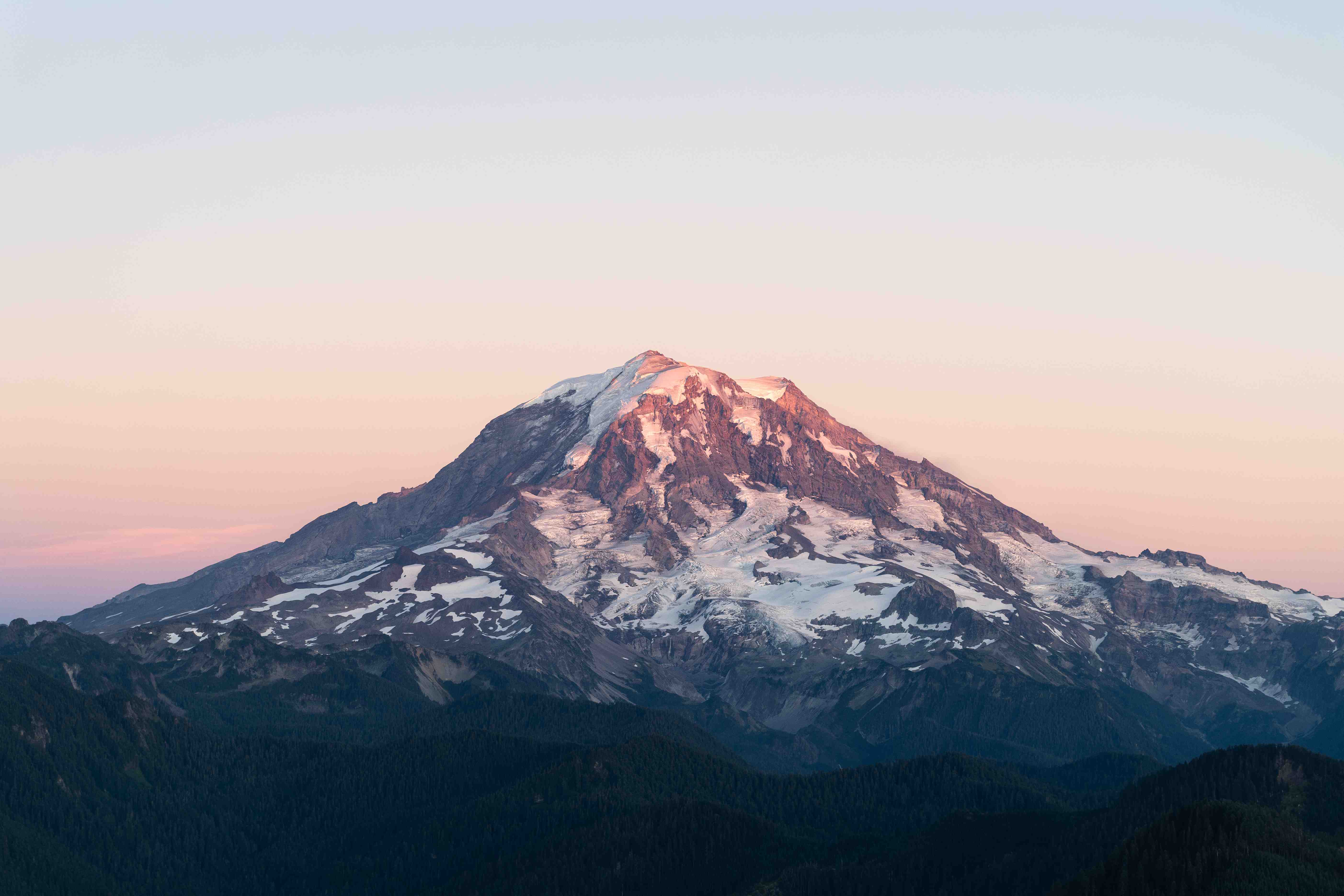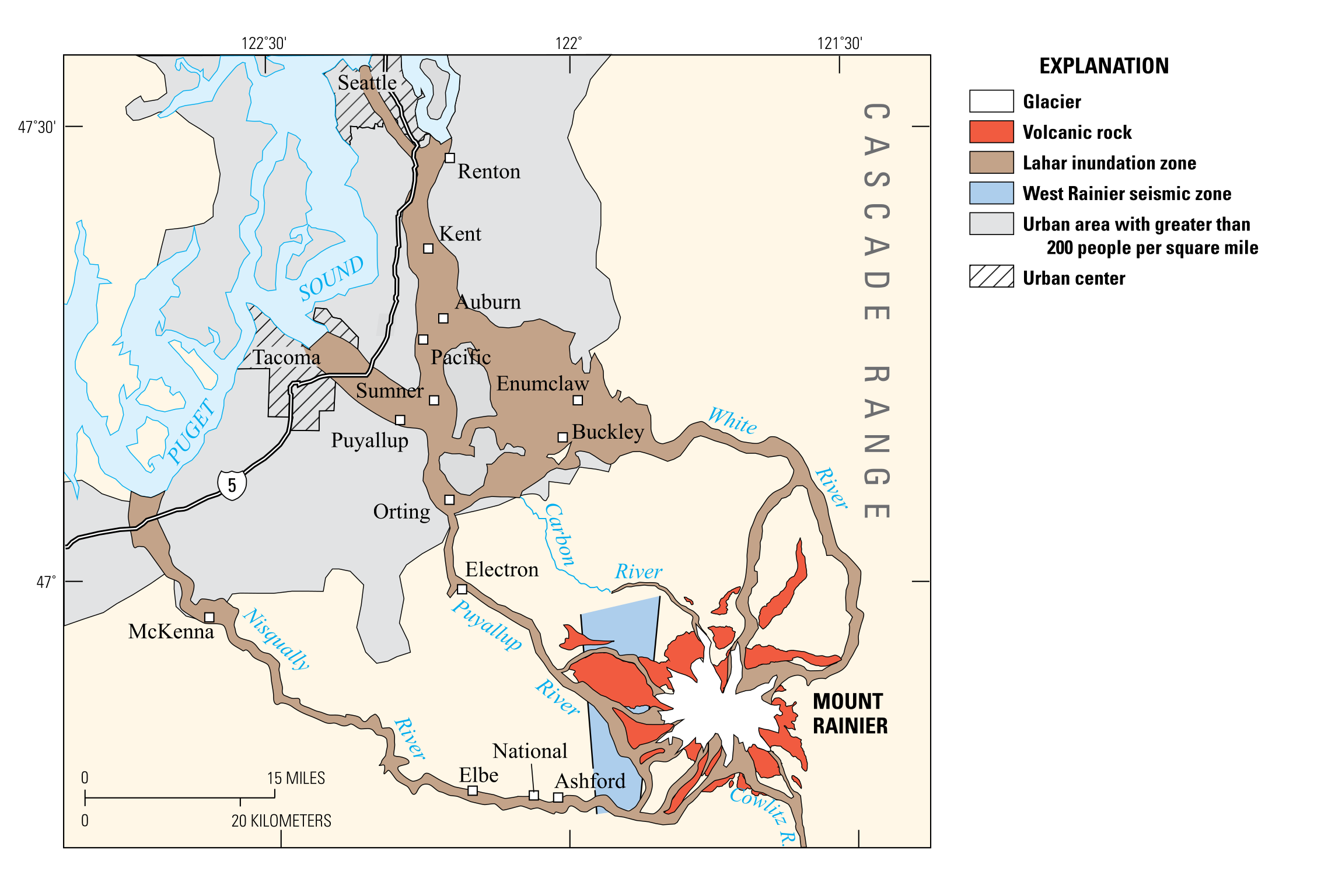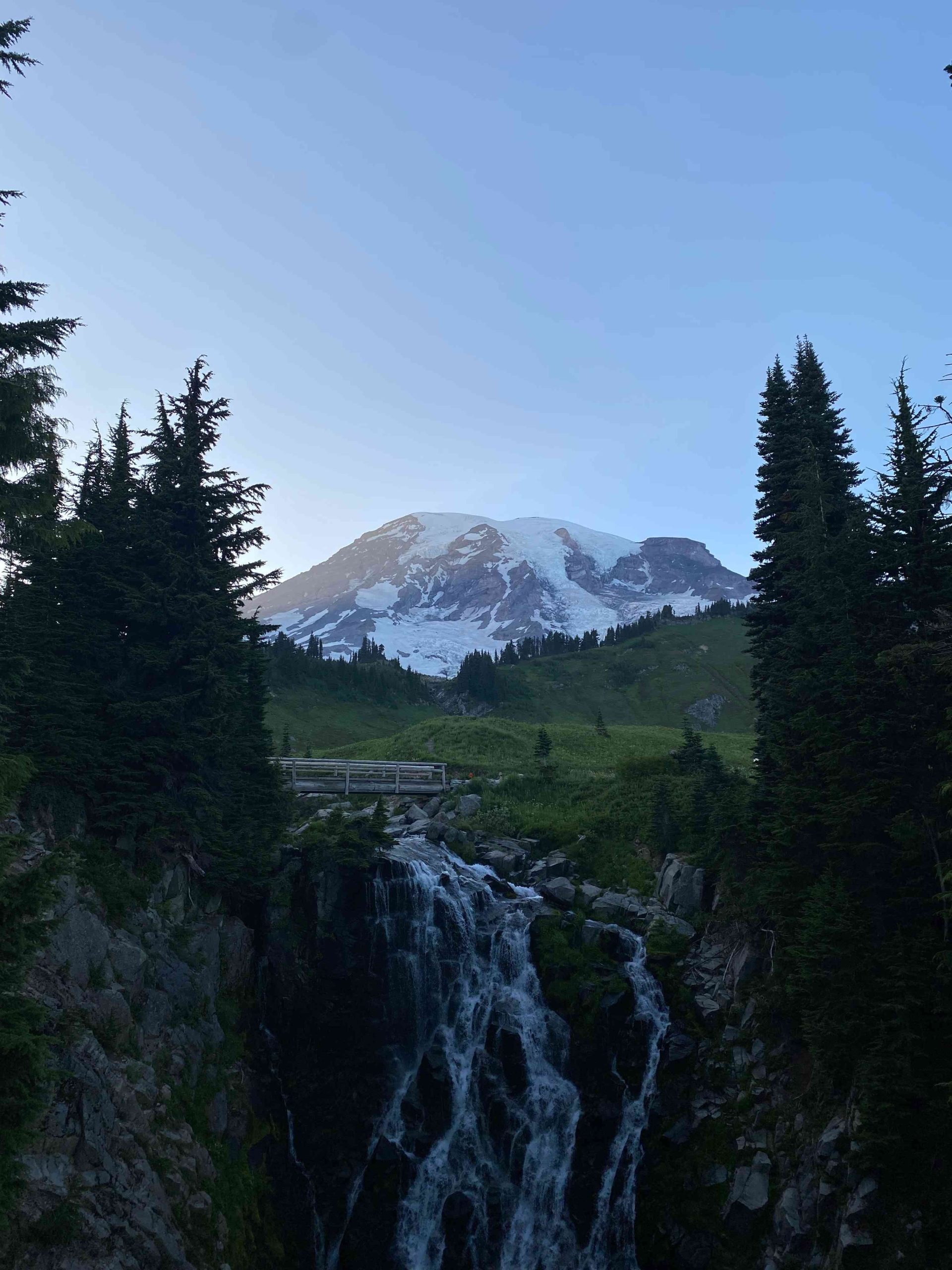Mount Rainier, an iconic stratovolcano in Washington State, has been a sacred site for Native American tribes for thousands of years. The mountain’s indigenous history is deeply intertwined with the cultural practices, spiritual beliefs, and traditional lifeways of several tribes. This article explores the rich Native American heritage associated with Mount Rainier, including the tribes connected to the mountain, their legends, historical presence, and the current efforts to preserve and share this cultural legacy.
What tribes are associated with Mount Rainier?

Mount Rainier National Park is the ancestral land of several Native American tribes, each with its unique connection to the mountain:
- Cowlitz
- Muckleshoot
- Nisqually
- Puyallup
- Squaxin Island
- Yakama
These tribes have lived in the region for millennia, utilizing the mountain’s resources and considering it a place of great spiritual significance. Each tribe has its own name for Mount Rainier, reflecting its importance in their culture:
| Tribe | Name for Mount Rainier |
|---|---|
| Cowlitz | Tahoma |
| Puyallup | Tacoma |
| Yakama | Takhoma |
How did Native Americans use Mount Rainier’s resources?

The indigenous peoples of Mount Rainier were skilled in utilizing the mountain’s abundant resources:
- Hunting: They hunted mountain goats, marmots, and other game animals.
- Gathering: Tribes collected huckleberries, bear grass, and other plants for food, medicine, and crafts.
- Fishing: The Nisqually tribe, in particular, relied heavily on salmon from the Nisqually River.
- Spiritual practices: The mountain served as a site for vision quests and other spiritual ceremonies.
What legends are associated with Mount Rainier?
While specific legends vary among tribes, Mount Rainier features prominently in many Native American stories:
- Creation stories: Some tribes believe the mountain was created by the Great Spirit.
- Flood legends: Several tribes have stories about a great flood, with Mount Rainier serving as a place of refuge.
- Spiritual encounters: Many legends speak of spiritual beings residing on the mountain.
These legends reflect the deep spiritual connection between the indigenous peoples and Mount Rainier.
How long have Native Americans inhabited the Mount Rainier area?
Archaeological evidence suggests that Native Americans have been present in the Mount Rainier area for over 9,000 years. Key points in the indigenous history of Mount Rainier include:
- 9,000+ years ago: Earliest evidence of human presence in the area
- Late 1700s: Tribes like the Cowlitz, Puyallup, and Nisqually controlled the area
- Mid-1800s: European American settlement and treaty-making began
- 1854-1855: Treaties of Medicine Creek, Point Elliot, and Yakama signed
What archaeological findings support Native American presence on Mount Rainier?
Several archaeological discoveries provide evidence of long-standing Native American presence on Mount Rainier:
- Fryingpan Creek rock shelter: Excavations here revealed artifacts dating back thousands of years.
- Stone tools: Various stone tools have been found throughout the park.
- Plant processing sites: Areas where plants were gathered and processed have been identified.
- Hunting camps: Temporary camps used during hunting expeditions have been discovered.
These findings challenge the misconception that indigenous people avoided mountainous areas and highlight their deep connection to the land.
How do Native American tribes continue to interact with Mount Rainier today?
Despite historical displacement, Native American tribes maintain strong connections to Mount Rainier:
- Seasonal visits: Tribes continue to visit the mountain for traditional hunting, gathering, and spiritual practices.
- Cultural education: Tribal members share their knowledge and traditions with younger generations.
- Collaboration with the National Park Service: Tribes work with park officials on resource management and cultural interpretation.
- Advocacy: Indigenous groups advocate for the protection of sacred sites and traditional use areas within the park.
What can visitors learn about Mount Rainier Native American heritage?
Visitors to Mount Rainier National Park have several opportunities to learn about Native American heritage:
- Interpretive signage: Throughout the park, signs provide information on indigenous history and culture.
- Ranger-led programs: Park rangers often include Native American perspectives in their educational talks.
- Visitor center exhibits: Displays showcase indigenous artifacts and cultural information.
- Special events: The park occasionally hosts events featuring Native American speakers and demonstrations.
How is Mount Rainier National Park preserving Native American heritage?
The National Park Service is committed to preserving and sharing the Native American heritage of Mount Rainier through various initiatives:
- Tribal consultation: Regular meetings with associated tribes to discuss management decisions.
- Cultural resource protection: Efforts to protect archaeological sites and sacred places.
- Interpretive programs: Development of educational materials that accurately represent indigenous perspectives.
- Traditional use agreements: Allowing tribes to continue traditional practices within the park.
By incorporating Native American voices and perspectives, Mount Rainier National Park aims to provide a more complete and respectful representation of the mountain’s rich cultural history.
In conclusion, the Native American heritage of Mount Rainier is a vital part of the mountain’s story. From ancient legends to contemporary practices, the indigenous connection to this iconic peak continues to shape our understanding of its natural and cultural significance. As visitors explore Mount Rainier, they have the opportunity to appreciate not only its stunning natural beauty but also the deep cultural roots that have flourished here for millennia.
References:
1. https://rvshare.com/blog/the-indigenous-history-of-mount-rainier-national-park/
2. https://www.nps.gov/mora/learn/historyculture/mount-rainier-history.htm
3. https://www.nationalparkstraveler.org/review/2020/04%E2%80%8B/tahoma-and-its-people-natural-history-mount-rainier-national-park

